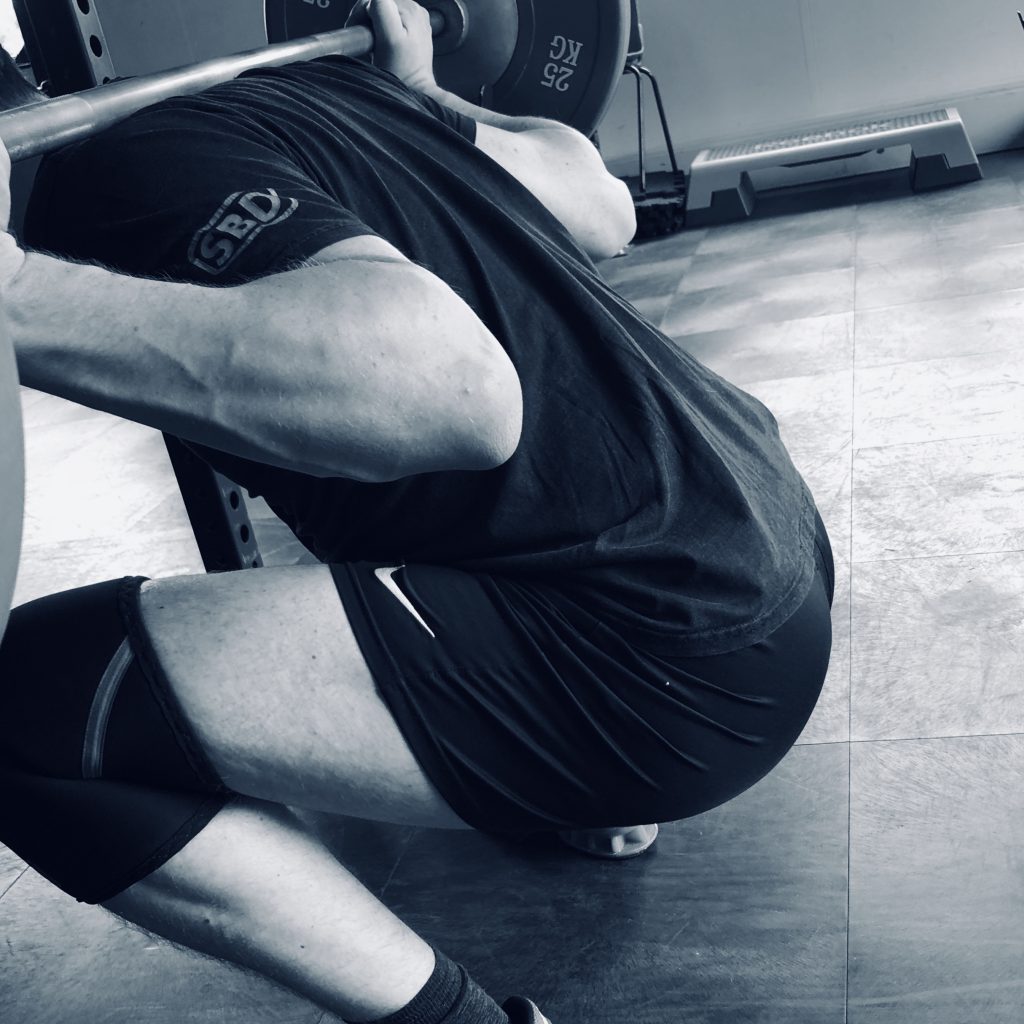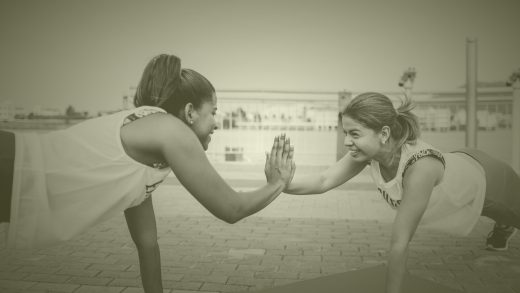Thank you for all the supportive reactions. Now that you are on board let’s get right into it and talk about squat depth!
What is the perfect squat depth? To answer that question we need some more information. Because it is the same as asking someone what is the perfect car? Depends if you are into speed, or maybe you are all about a strong Diesel engine. Similarly this accounts for the squat. Are you a powerlifter?, weightlifter?, want to jump higher?, sprint faster? or are you doing rehab?
The goal of a powerlifter is to squat as many kg/lbs as possible within the rules of the competition. While a volleyball player wants to train their knee and hip muscles to jump higher. So when do we need to go “ass to the grass” and when is it okay to do halve squats.
The bottom line is. If you have healthy knees and hips there really is no excuse not try to go parallel or in some cases even beyond it. For powerlifters this is clear as day, as they need to break paralel in order to get a successful lift. Olympic weightlifters want to catch the bar as low as possible, so that they do not need to lift the weight as high. But what if I want to increase my running speed or jumping height?
Jump height
If you want to increase your jump height research shows that full squats have more benefits than quarter squats when it comes to outcome in the squat jump and counter movement jump(1). Likewise the quadriceps development shows to be maximized by squatting at paralel. Additional depth is beneficial for the hip extensor muscles, but less effective for quadriceps strength (2). So for athletes that are looking to increase hip muscle strength squatting below paralel might be beneficial, while athletes looking for improvement of their knee extensors squatting at parallel will suffice.
Speed
So far so good right? Now if you want to increase your sprint speed there is some discussion and I recommend this great article from Loturco et. al. (3) to give us some clarity. They explain that if you want to create maximum acceleration or speed, horizontal strength exercises are favorable to vertical strength exercises (i.e. the squat). In contrast if the aim is to create more velocity and train neuromechanical capacities vertical loaded jumps seem to be an effective strategy. While this is no squat, they stress that both vertical and horizontal strength exercises should be maintained when looking for speed. Although these findings are great for practical sport specific training when being a sprinter. they might be less interesting for field sports practitioners like soccer-, or rugby players.

When looking at training principals we want to recruit strength first. When this is achieved we can recruit speed. The exercises described in the previous paragraph might apply in later stages, but strength is the first step on the ladder. It may be of no surprise that there is a correlation between upper leg strength measured in the squat and times on various short distance sprints (4). So while horizontal strength and more specific exercises have a place later in the programming when aiming for faster sprint times, training strength in the squat should be at the beginning.
Aesthetics/ bodybuilding
Like stated above, if your goal is to increase muscle size of the quadriceps, squatting til paralel is sufficient. If your goal is to increase muscle size in your M. gluteus Maximus ^^, you have more muscle activity below paralel. Although there might be other exercises to get a bigger bottom, that are easier to perform. Also it should be noted that while performing powerlifting, or weightlifting the squat is a main exercises. This might not be the case in bodybuilding. However if you have the technique you get the best results from performing deep squats.
Discussion
If you experience knee pain, or have a torn knee ligament squatting to paralel might not benefit you. This is because while we get the most quadriceps activation at paralel, likewise we get the most patello- femoral pressure at squatting paralel. Therefore you might be better of staying above paralel or even to quarter squats. Always consult a sports- physiotherapist when you are unsure if you are doing the right thing, when experiencing knee pain.
It should be stated that although the maximum benefits lie in the deeper squats, you also get results by squatting above paralel or even doing halve squats. The effect just will be inferior to deeper squats.
However, in order to squat to full depth, you need sufficient technique and mobility. Proper technique and sufficient mobility should always be a priority. If you are not sure if your technique or mobility is sufficient consult your trainer of physiotherapist. In your specific case the increased benefits from a partial deeper squat might not way up to the hours spend on getting more mobile or learning technique. This is particularly true for recreational sports practitioners that are seeking to increase some strength during the off season. However if you do have the time and willing to spend the time and effort it will benefit you in strength, jump height and speed on the pitch.
- Hartmann, H. (2012). Influence of squatting depth on jumping performance. – PubMed – NCBI
- Schoenfeld, B. J. (2010 december). Squatting kinematics and kinetics and their application to exercise performance. – PubMed – NCBI
- Loturco, I. (2018, 26 juli). Vertically and horizontally directed muscle power exercises: Relationships with top-level sprint performance (free acces)
- McBride, J. (2009 september). Relationship between maximal squat strength and five, ten, and forty yard sprint times. – PubMed – NCBI



